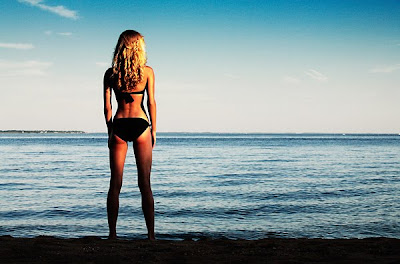In case you haven't already guessed, I've been in the process of making a lot of prints lately. This seems to happen every year as the weather cools and more time is spent on my butt indoors. It's time to put down the camera and make use of all those photos taken during summer travels. Nostalgic, isn't it?
As for the 8x10 dilemma, perhaps I should just start shooting everything with a Mamiya 7 like Ben Roberts. Then again, he also shoots with an Xpan. :-)
By the way, here's a shot from last March during a special overnight trip to Rocky Gap State Park here in Maryland. It's called Sidling Hill. It's worth a brief stop if you find yourself driving along the I-68 corridor.

This is also one of the photos I had to painfully crop down to 8x10. While it does still work, I think the drama of the striations is significantly diminished. Luckily the trees are still there to provide some struggle.



